A hut-to-hut trek is not a day hike you decide on in the morning and finish with a pizza in the valley. It is a few days of moving through the mountains, starting your morning in crisp air, climbing and descending, and always aiming for the next hut. These huts come in all shapes and sizes, but all share one thing: they sit in unique spots and give hikers a place to rest. In the Alps, Dolomites and Pyrenees, many are run by Alpine clubs like the DAV, ÖAV, CAF, CAI or SAC, each with their own long history.
You fall into the mountain rhythm quickly. Early starts, steady effort, and making sure you reach the hut before the dinner bell — usually at 18:00. Boots off at the door, a meal with strangers who soon feel like friends, and a bunk in a simple but warm room. Facilities are basic, cash is king, and hot showers are a bonus. Know this before you go, and you can relax into the days, the views, and the small moments that make a hut-to-hut hike unforgettable.




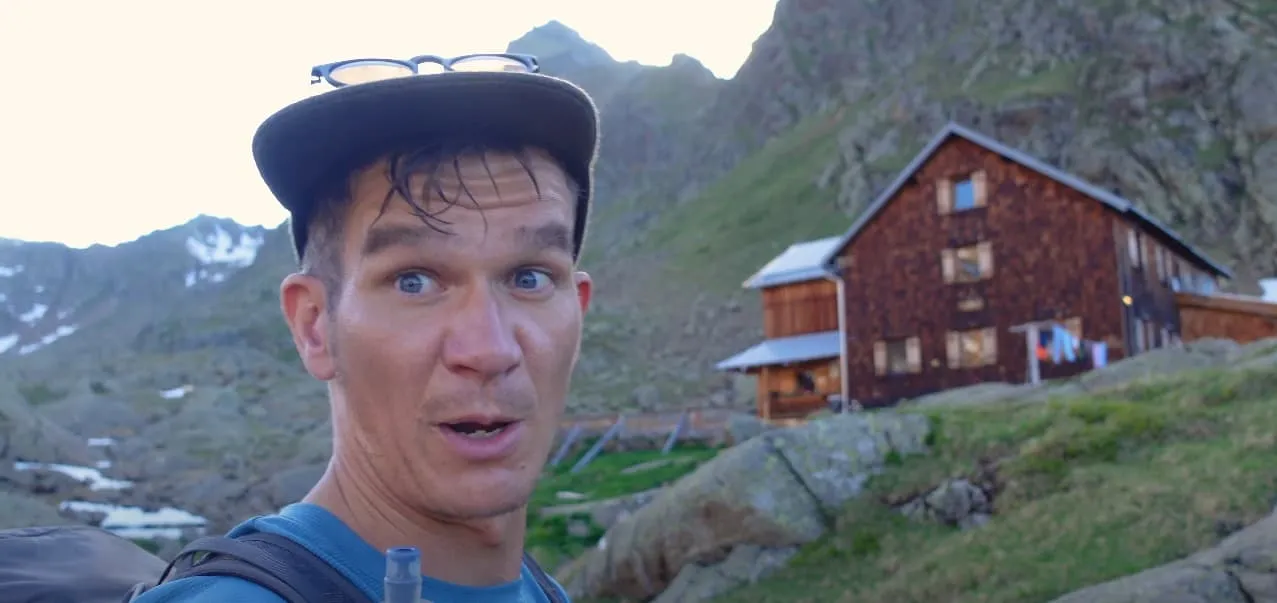
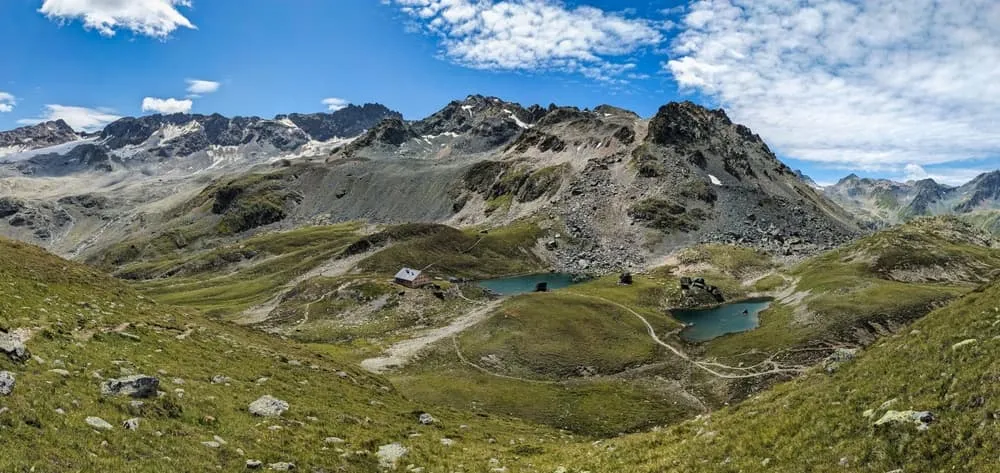
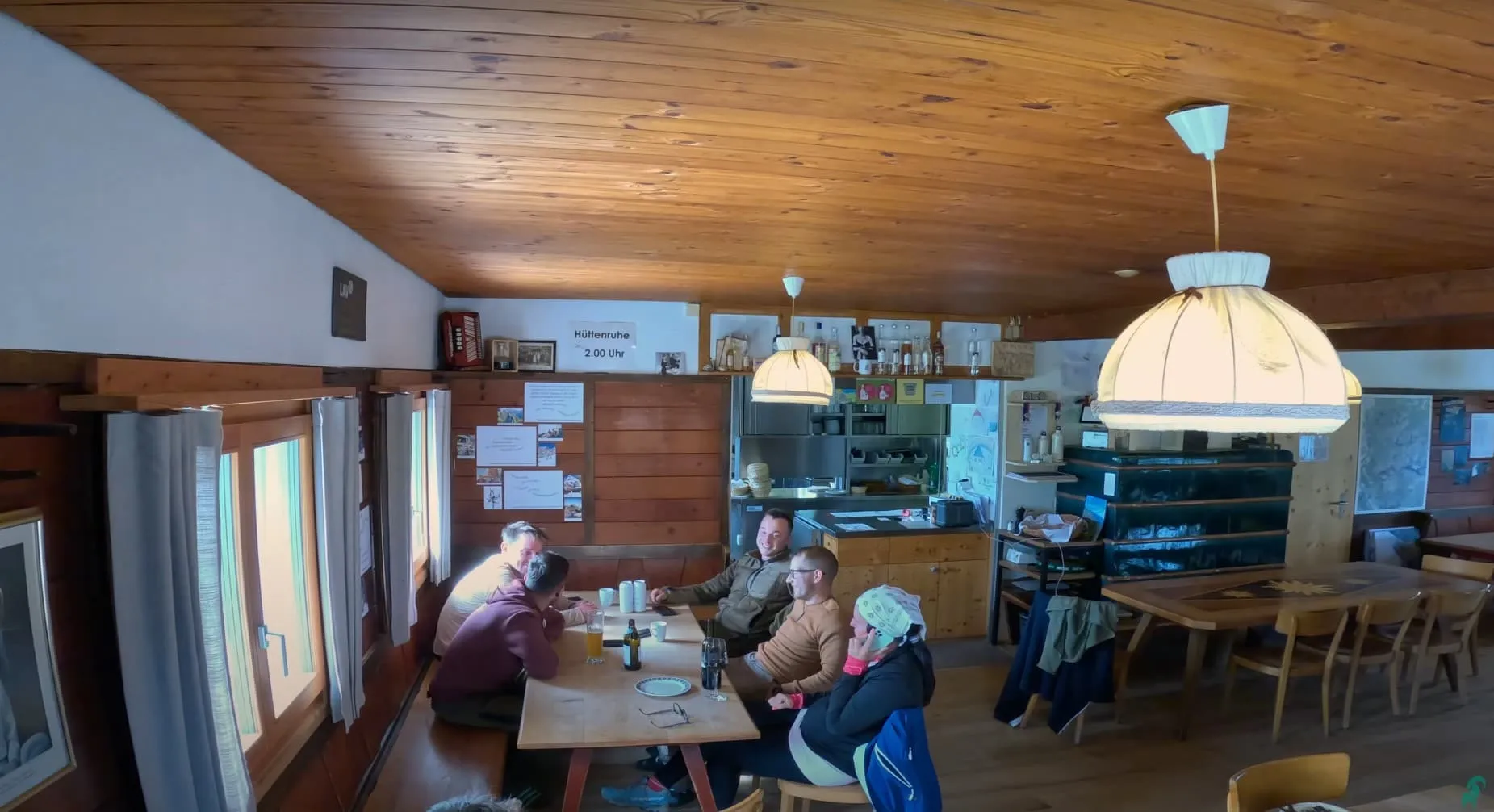
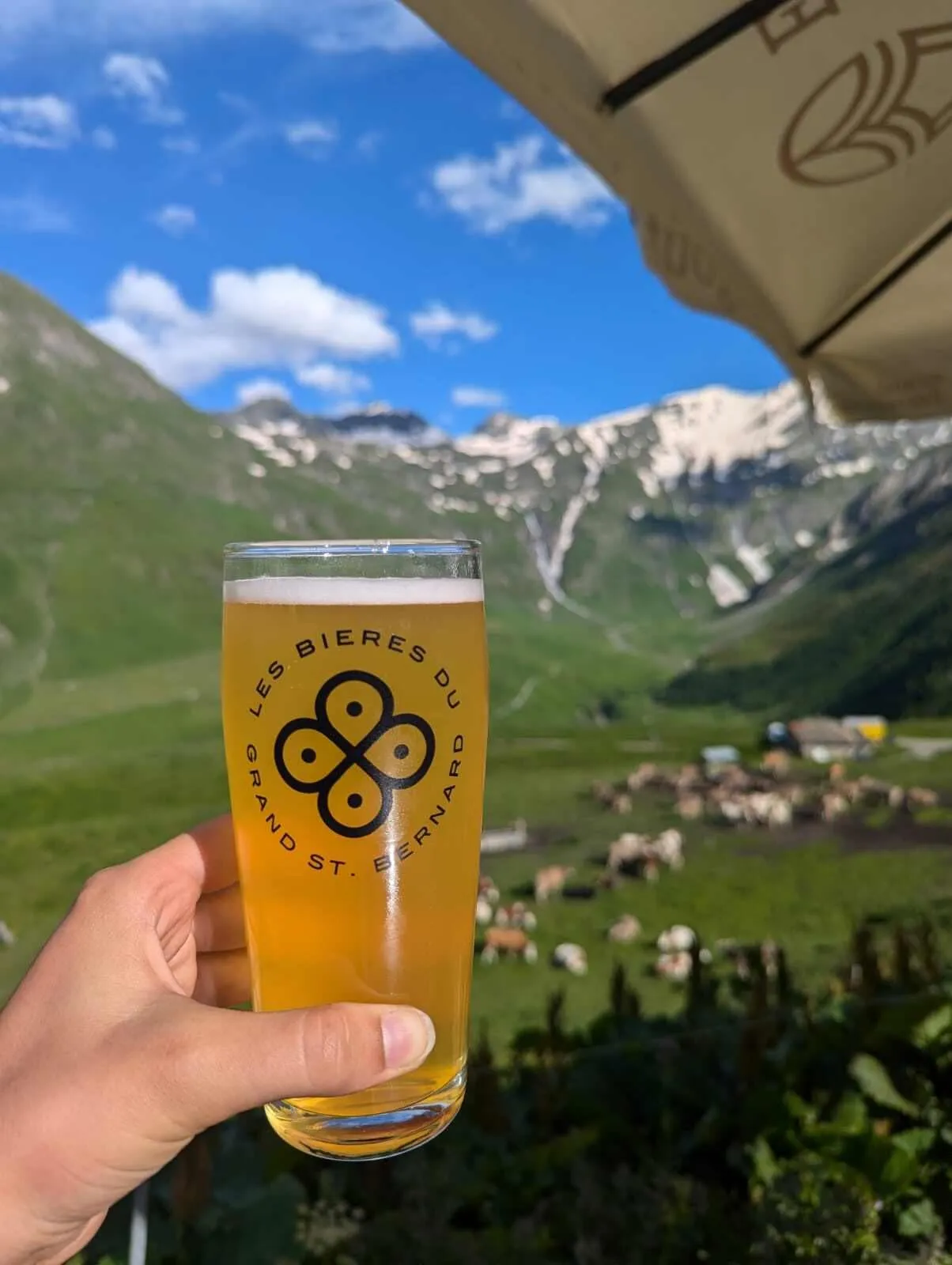
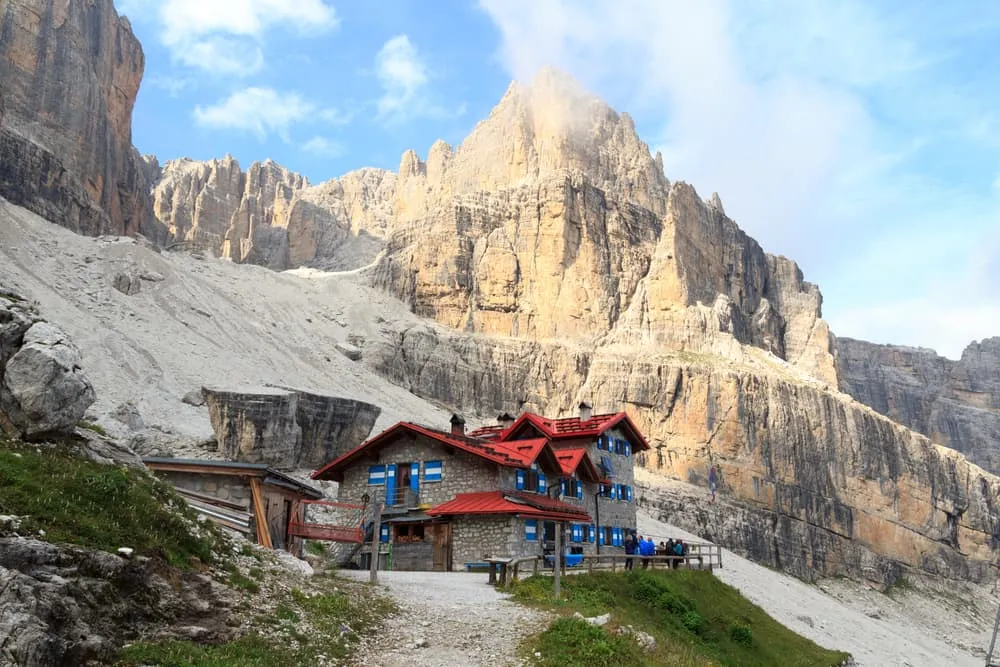
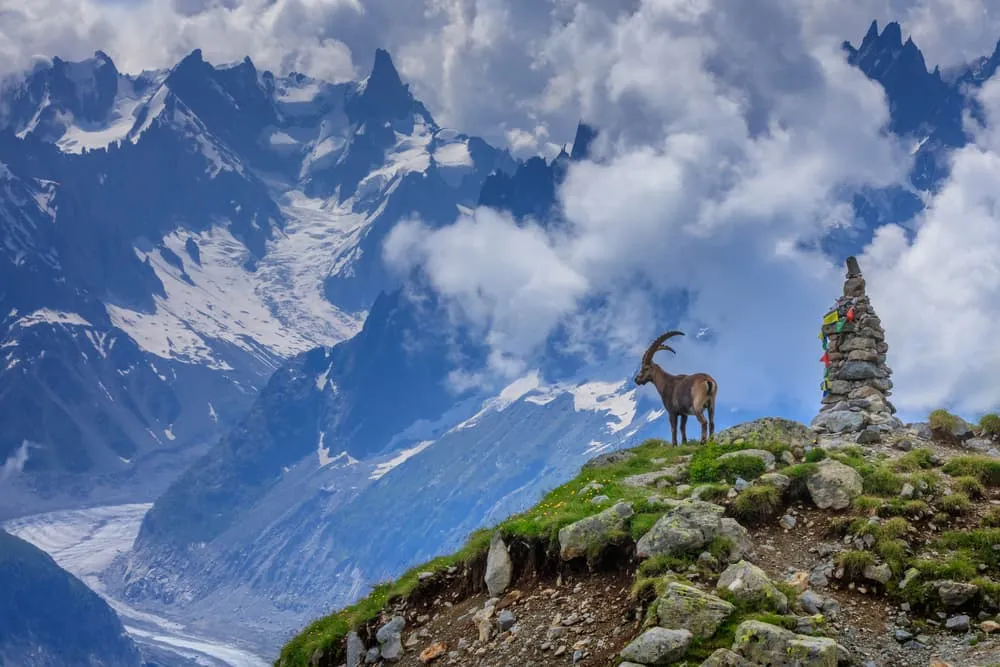
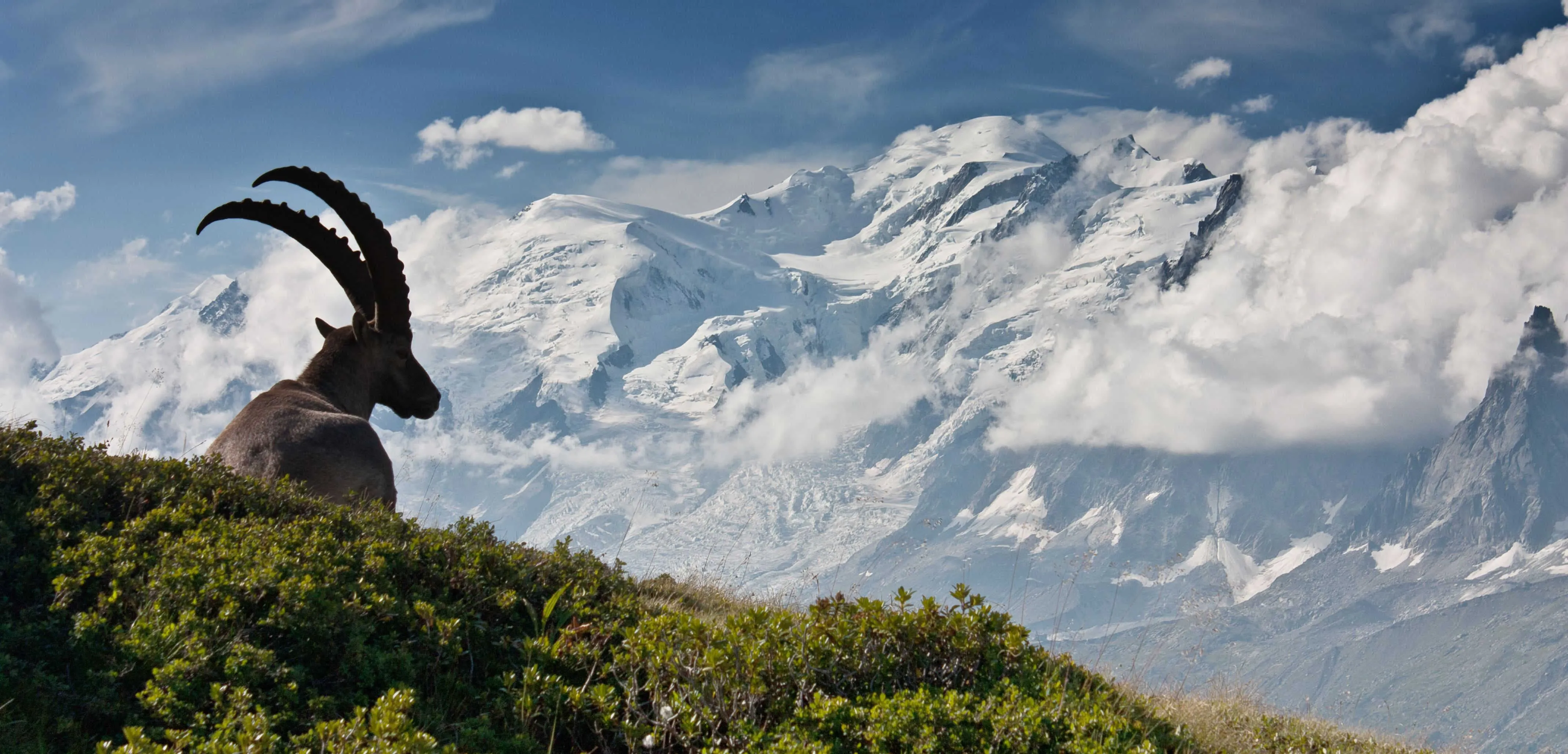
Comments